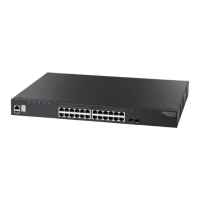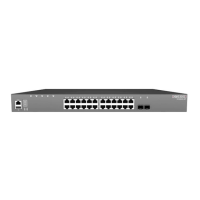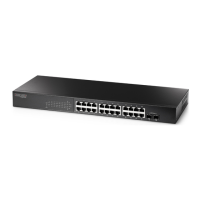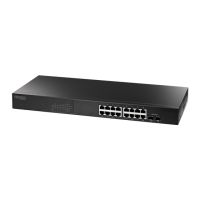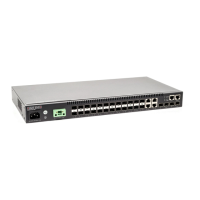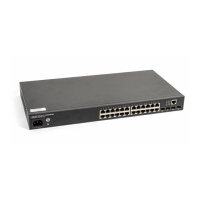Chapter 13
| Basic Administration Protocols
Simple Network Management Protocol
– 442 –
■
Inform – Notifications are sent as inform messages. Note that this option is
only available for version 2c and 3 hosts. (Default: traps are used)
■
Timeout – The number of seconds to wait for an acknowledgment
before resending an inform message. (Range: 0-2147483647
centiseconds; Default: 1500 centiseconds)
■
Retry times – The maximum number of times to resend an inform
message if the recipient does not acknowledge receipt.
(Range: 0-255; Default: 3)
◆ Local User Name – The name of a local user which is used to identify the
source of SNMPv3 trap messages sent from the local switch. (Range: 1-32
characters)
If an account for the specified user has not been created (page 435), one will be
automatically generated.
◆ Remote User Name – The name of a remote user which is used to identify the
source of SNMPv3 inform messages sent from the local switch. (Range: 1-32
characters)
If an account for the specified user has not been created (page 437), one will be
automatically generated.
◆ UDP Port – Specifies the UDP port number used by the trap manager.
(Default: 162)
◆ Security Level – When trap version 3 is selected, you must specify one of the
following security levels. (Default: noAuthNoPriv)
■
noAuthNoPriv – There is no authentication or encryption used in SNMP
communications.
■
AuthNoPriv – SNMP communications use authentication, but the data is
not encrypted.
■
AuthPriv – SNMP communications use both authentication and
encryption.
Web Interface
To configure trap managers:
1. Click Administration, SNMP.
2. Select Configure Trap from the Step list.
3. Select Add from the Action list.
4. Fill in the required parameters based on the selected SNMP version.
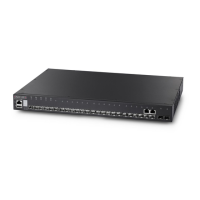
